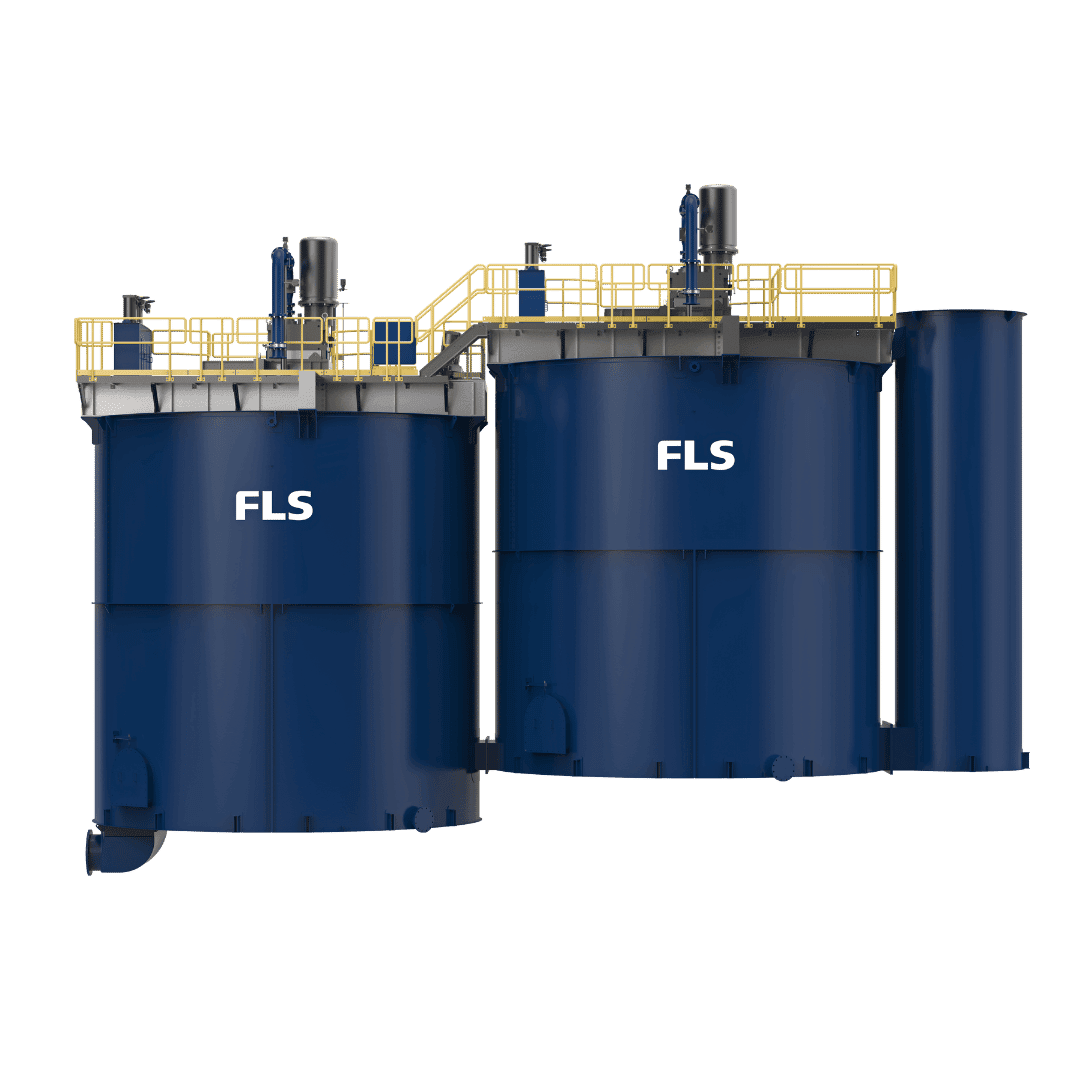Improve mineral recovery and enhance grade
The nextSTEP rotor/stator is located at the bottom of the flotation cell, resulting in a stabler froth surface and deeper froth layer. This improves mineral recovery and delivers better separation of valuable minerals from gangue, leading to a higher-grade concentrate.

